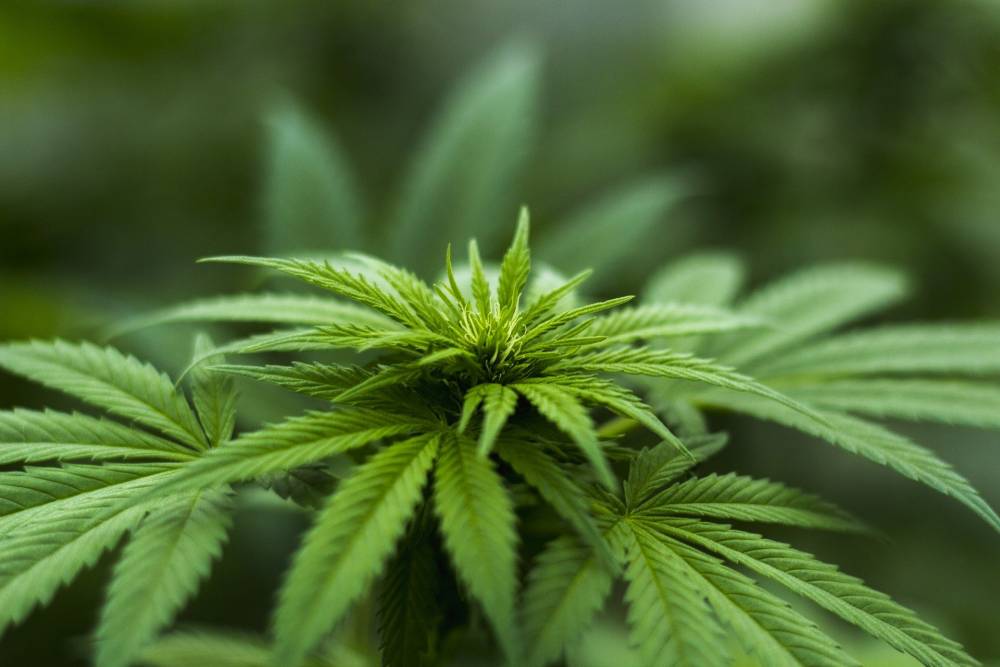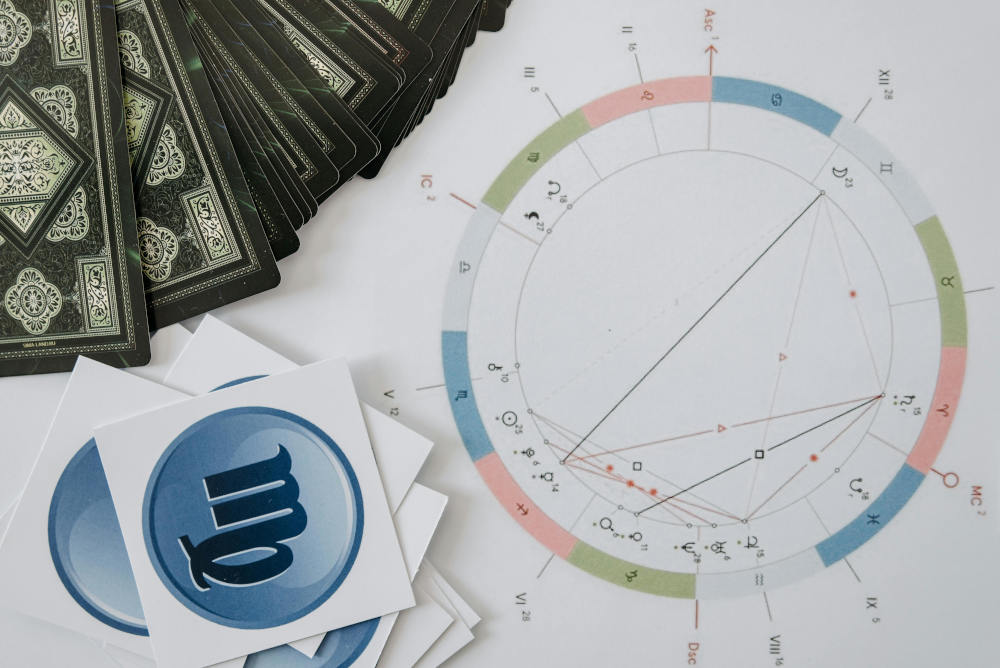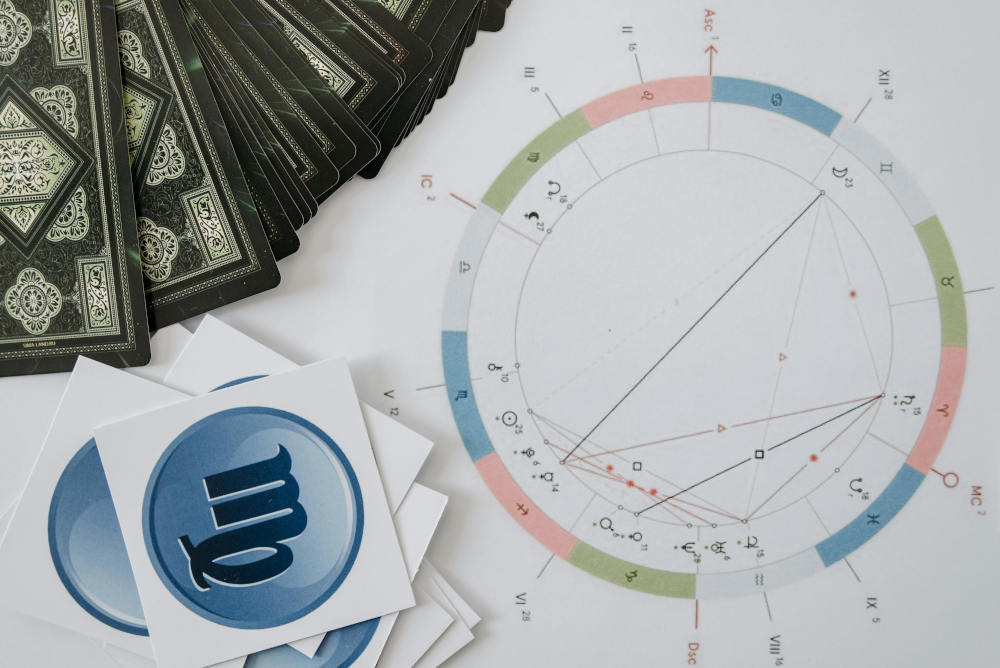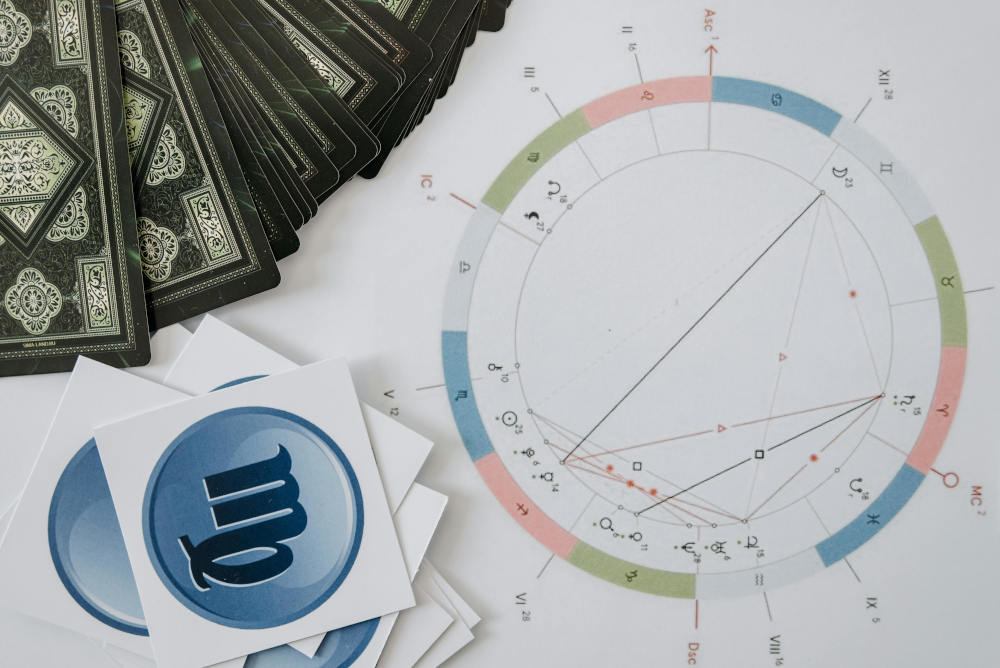
If you are looking for eco-friendly fabrics, hemp is an excellent choice. It's used to make high-quality fashionable garments that also protect the environment.
Hemp fabric is produced with natural fibers made from a renewable resource: hemp plants. It's environmentally friendly, durable, and biodegradable. But it remains expensive due to low availability and costly production.
Hemp is one of the most sustainable fabrics in the world. It has many advantages but also a bad reputation. Even if even clothes are ethical, they are still in low demand compared to cotton clothing.
The green movement is booming within the fashion industry. Conscious consumers are asking for eco-friendly products. More fashion brands and designers are choosing hemp as a more sustainable alternative.
The textile and apparel industry is one the largest polluters globally. It has a catastrophic impact on climate change. It's responsible for huge amounts of greenhouse gas emissions, pollution, and waste.
Since hemp fabrics are formidable options to produce environmentally friendly apparel, they have a bright future in the fashion world, despite some disadvantages.
Panaprium is independent and reader supported. If you buy something through our link, we may earn a commission. If you can, please support us on a monthly basis. It takes less than a minute to set up, and you will be making a big impact every single month. Thank you!
What are hemp fabrics?
Hemp fabrics are some of the oldest fabrics worldwide. They were already used 10,000 years ago to produce natural fibers and make clothing.
The hemp plant grows in temperate environments. Hemp is an annual crop that grows quicker and easier than most trees. It's a natural and renewable resource.
It's difficult to find a lot of products made from hemp fabrics globally because industrial hemp farming is a very small industry.
60,657 tons of hemp fibers were produced globally in 2018. The demand for hemp fibers remains extremely low compared to cotton (30,3 million tons produced annually).
The very low availability of hemp fibers is the largest factor that influences their prices. Learn more about hemp production in my article on the top 5 reasons why organic hemp clothing is so expensive.
Hemp fibers are stronger, longer, more absorbent, and more durable than cotton fibers. They are also versatile, soft, breathable, lightweight, resistant, anti-bacterial.
On the other hand, hemp wrinkles easily. It's also difficult to dye, requires chemical treatment to stay elastic, and more care to avoid shedding. Hemp is often blended with other materials to enhance its qualities but it is more difficult to recycle as a result.
Hemp clothing isn't more popular because the distinction between hemp and marijuana isn't easily understood. They aren't the same thing and made from different plants, even though they have a similar leaf shape.
The hemp plant is cannabis but contains almost no delta-9-Tetrahydrocannabinol, the active ingredient in marijuana (less than 0.3%).
They are often mistaken for each other. That's why it's difficult to discuss and promote hemp fabrics in many places. The hemp industry would grow much faster if this stigma around hemp could be lifted.
Hemp production is banned in the United States since the 1930s. Most hemp sold in the United States comes from China, Italy, the Netherlands, Romania, Hungary, and Chile.

How sustainable are hemp fabrics?
Hemp is one of the most environmentally friendly fibers worldwide. It's a very high-yield crop that produces significantly more fiber per acre than either cotton or flax (linen fabric).
Cotton and linen are still preferred to hemp in the fashion world. Read up my comparison between hemp and linen to learn more about the differences between these two natural fibers.
Hemp textiles are natural, bio-based, and biodegradable. They are made from an ecological, renewable, and recyclable resource.
The natural color of hemp is cream, light yellow. It can be bleached and dyed with environmentally friendly methods.
Hemp plants can easily grow organically. They require very little water and almost no pesticides, herbicides, fungicides, or fertilizers.
On the other hand, regular cotton production is terrible and very wasteful. It has a disastrous social and environmental impact, destroying biodiversity and soil fertility.
Cotton farming consumes 4% of worldwide of nitrogen and phosphorous fertilizers, 16% of all insecticides, and 7% of all herbicides, but only accounts for 2.5% of the total agricultural area globally.
Read up my article on the case for organic cotton for more facts about cotton production and its consequences.
Hemp farming is much more eco-friendly. It prevents soil erosion, removes toxic compounds from the land, and absorbs large quantities of carbon dioxide.
It's a lot better for the planet and the people involved to prefer Fair Trade and certified organic hemp. To confirm hemp fabrics' quality and eco-friendliness audits from third-party organizations are necessary.
Look for organic certifications from the following organizations:
- U.S. Department of Agriculture (USDA)
- European Organic Certification Agency (EOC)
- Global Organic Textile Standard (GOTS)
Learn more about certifications helping the fashion industry become more sustainable by reading my article on the best eco-certification standards for textiles.

Hemp fabrics have a significant positive impact on the environment and the people. Hemp plants grow quickly in about 100 days depending on variety, soil, and climate.
Hemp is naturally resistant and returns a lot of nutrients (up to 70%) to the soil for other crops. Hemp plants can grow without much pesticides, herbicides, or fertilizers.
Hemp fabrics are natural, bio-based, biodegradable, and recyclable. They are an excellent choice to design environmentally friendly garments.
Do you already own some pieces of clothing made from hemp? I would love to know more about your experience with hemp. Share your thoughts with us in the comment section below.
Was this article helpful to you? Please tell us what you liked or didn't like in the comments below.
About the Author: Alex Assoune
What We're Up Against
Multinational corporations overproducing cheap products in the poorest countries.
Huge factories with sweatshop-like conditions underpaying workers.
Media conglomerates promoting unethical, unsustainable products.
Bad actors encouraging overconsumption through oblivious behavior.
- - - -
Thankfully, we've got our supporters, including you.
Panaprium is funded by readers like you who want to join us in our mission to make the world entirely sustainable.
If you can, please support us on a monthly basis. It takes less than a minute to set up, and you will be making a big impact every single month. Thank you.































0 comments